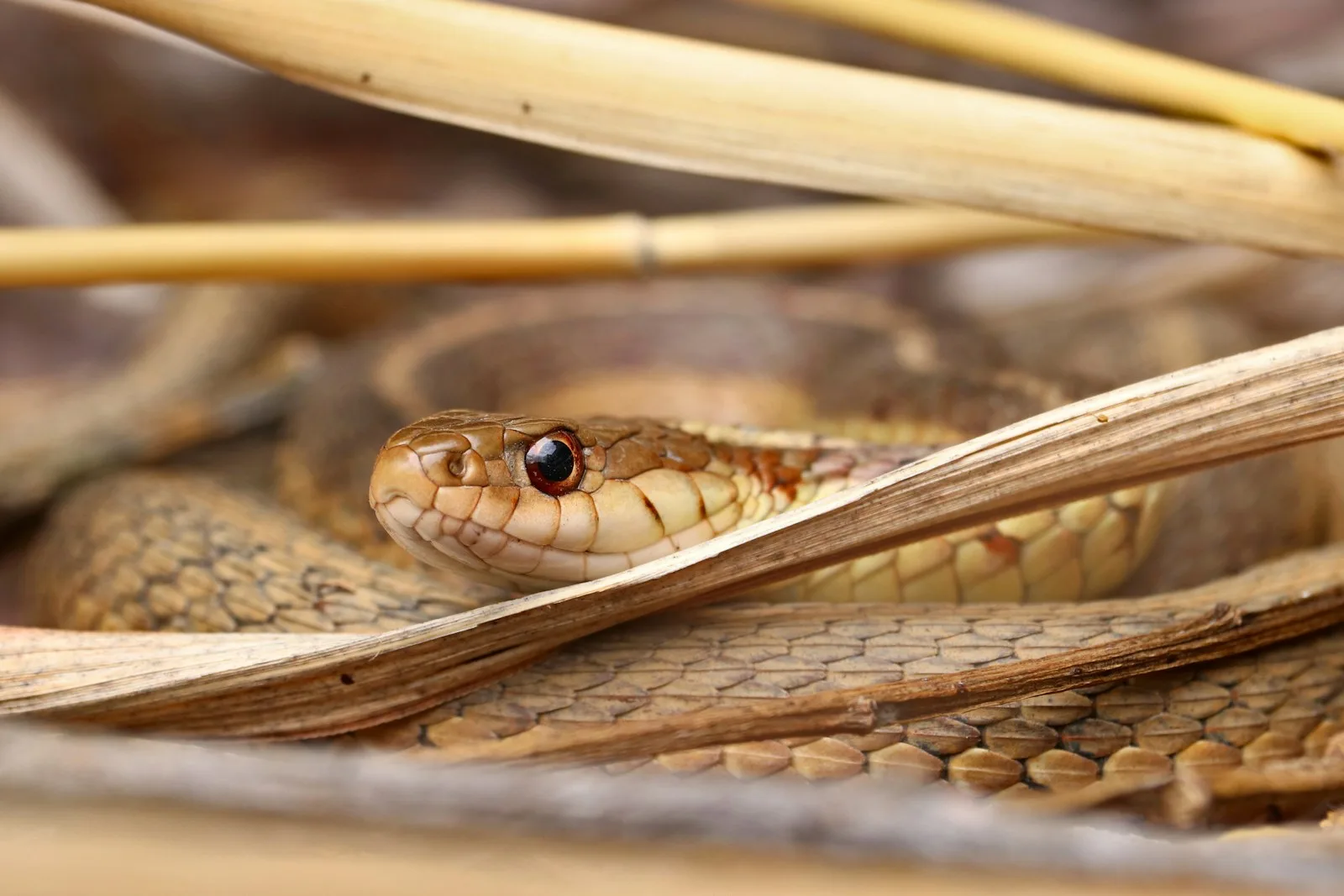
Table of Contents
If you believe that rattlesnakes are just horrible, horrible snakes, get ready to blow your head off. With their amazing talents and characteristics, these animals rank among the most interesting members of the reptile species.
Rattlesnakes have mysterious survival strategies and unusual ways of communicating that are just waiting to be uncovered.
1. Masters of the Heat-Seeking Technique

With heat-sensing pits in the eyes and nostrils, rattlesnakes have an uncanny ability to sense the body heat of their victims. Even in complete darkness, the hypersensitivity of these pits allows the snake to attack warm-blooded prey with precision.
The accuracy of this thermal imaging technology allows detecting temperature differences of 0.1°C.
It is impossible to exaggerate the effect of this adaptation. It aids in defense as well as hunting, allowing rattlesnakes to detect the approach of potential predators. The rattlesnake’s unique evolutionary ability to detect heat highlights its status as an apex predator in its environment.
2. The Rattle Isn’t Just for Show

The rattle, a unique feature of nature, is used by most rattlesnakes to warn them of potential dangers. Many people mistakenly think that the number of segments on a rattlesnake indicates its age, despite the fact that each time the snake sheds its skin, a new segment is added to the rattle. But rattles can shed and snakes can shed their skin several times a year, so using rattles to estimate age is not a reliable method.
The rattling sound is undoubtedly scary because it vibrates because it is made of keratin, the same substance that makes up human nails. This voice does not invite conflict; Rather, it acts as a deterrent.
Since rattlesnakes prefer to stay out of combat whenever possible, their famous rattle serves as an excellent example an evolutionary adaptation focused on peacekeeping rather than warfare.
3. A Varied Diet That Supports Ecosystem Balance

Rattlesnakes don’t have a fussy palate. Small animals, such as rodents and rabbits, birds and rarely amphibians and other reptiles are found in their diet.
These animals are essential to maintaining the balance of their habitat as they control their numbers. When rattlesnakes are prevalent, they can successfully control their prey populations, prevent overgrazing of vegetation, and promote a diverse and healthy ecosystem.
The rattlesnake’s importance as a predator is reflected in its feeding habits. It serves as a reminder that all living things, no matter how monstrous, are essential to the ecosystem. Activities that indirectly protect the habitat richness and condition of rattlesnakes benefit.
4. Not All Rattlesnakes Are Equal

The more than 30 species of rattlesnakes are remarkably diverse in size, color, and preferred habitat. These snakes, ranging from the tiny pygmy rattlesnake, which is only two feet long, to the eastern diamondback, which can grow eight feet long, exhibit remarkable environmental adaptations.
The evolutionary success of the rattlesnake genus is demonstrated by its diversity. This allows for a variety of species to live in a variety of environments across the Americas, from the warm tropics of South America to the temperate regions of Canada.
Understanding the differences between species is essential to conservation efforts, as it facilitates the identification of specific needs and threats to each.
5. Their Venom Is a Complex Cocktail

Rattlesnake venom is not only a strong venom, but also a complex mixture of proteins and enzymes that have evolved over millions of years. The makeup of venom can vary dramatically between species and even within the same species based on age, nutrition, and geographic location, among other things. Hemostasis and neurotoxicity are two effects of toxins on the blood and nervous system, respectively.
Although rattlesnake venom is notorious for being deadly, it has made significant contributions to medical science. Researchers are exploring components of the venom for potential use in the treatment of blood clots and hypertension.
It serves as a stark reminder that nature’s most terrifying creatures may have aspects that are beneficial to us.
6. Masters of Camouflage & Silence

Rattlesnakes’ slimy skin acts as a natural camouflage, allowing them to blend into their environment with remarkable ease. This feature allows them to remain almost undetected by predators and prey until it is too late. They are excellent attacking predators due to their subtle movements, which increases their stealth.
This adaptation highlights how precise and stealthy the rattlesnake is. By reducing unnecessary movement and noise, they conserve energy and increase the chances of a successful hunt. It’s a survival tactic that draws attention to the difficult balancing act between energy intake and expenditure in the forest.
There is more to rattlesnakes than just being the subject of scary and cautionary tales. These reptiles are complex and well-adapted and are vital to their environment.
Knowing them well, Along with gaining a better understanding of these fascinating snakes we have a deep respect for the complex relationships that support the natural world.
Thus, remember that there is more to these amazing critters than meets the eye the next time you hear their characteristic rattle.
READ ALSO | Repel Snakes Naturally: 9 Scents With Expert Help
READ ALSO | Largest Mojave Rattlesnakes Captured on Camera And 5 habits of It


2 thoughts on “6 Jaw-Dropping Rattlesnake Facts That Command Attention”